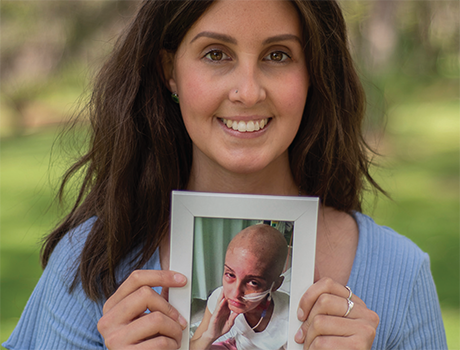Search

News & Events
Meet the Researcher: Dr Samantha CarlsonDr Samantha Carlson is an early career mixed-methods social scientist, leading research that seeks to understand how to improve access to and understanding about vaccination.

News & Events
Meet the Researcher: Hannah MooreAfter 20 years at the Institute, Hannah’s career has been a whirlwind of discovery and dedication.

The Together magazine shines a light on our community. It's our way to say thanks to those who tirelessly fundraise or volunteer, to those who donate, advocate, participate in and help drive child health research.
Research
Child maltreatment data: A summary of progress, prospects and challengesIn 1996, the ISPCAN Working Group on Child Maltreatment Data (ISPCAN-WGCMD) was established to provide an international forum in which individuals, who deal with child maltreatment data in their respective professional roles, can share concerns and solutions.
Research
Excess respiratory mortality and hospitalizations associated with influenza in Australia, 2007-2015Influenza is the most common vaccine-preventable disease in Australia, causing significant morbidity and mortality. We assessed the burden of influenza across all ages in terms of influenza-associated mortality and hospitalizations using national mortality, hospital-discharge and influenza surveillance data.
Research
T-Cell Expression and Release of Kidney Injury Molecule-1 in Response to Glucose Variations Initiates Kidney Injury in Early DiabetesHalf of the mortality in diabetes is seen in individuals <50 years of age and commonly predicted by the early onset of diabetic kidney disease (DKD). In type 1 diabetes, increased urinary albumin-to-creatinine ratio (uACR) during adolescence defines this risk, but the pathological factors responsible remain unknown.
Research
Transfluthrin eave-positioned targeted insecticide (EPTI) reduces human landing rate (HLR) of pyrethroid resistant and susceptible malaria vectors in a semi-field simulated peridomestic spaceVolatile pyrethroids (VPs) are proven to reduce human-vector contact for mosquito vectors. With increasing resistance to pyrethroids in mosquitoes, the efficacy of VPs, such as transfluthrin, may be compromised. Therefore, experiments were conducted to determine if the efficacy of transfluthrin eave-positioned targeted insecticide depends on the resistance status of malaria vectors.
